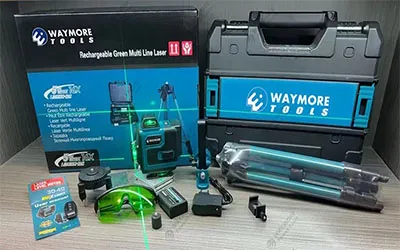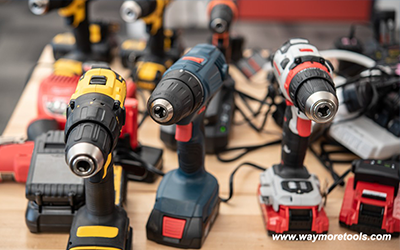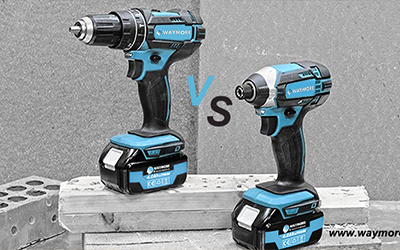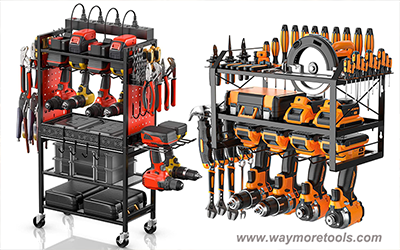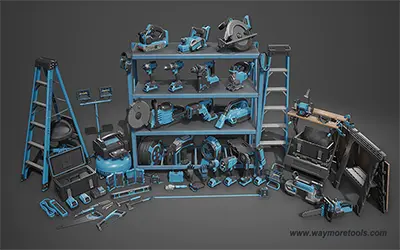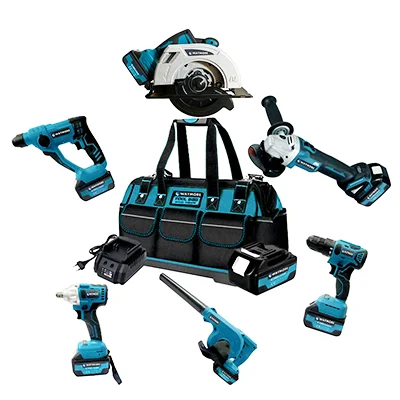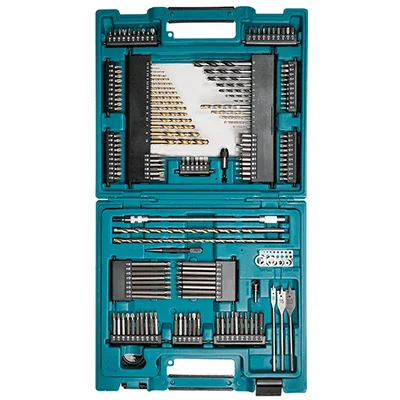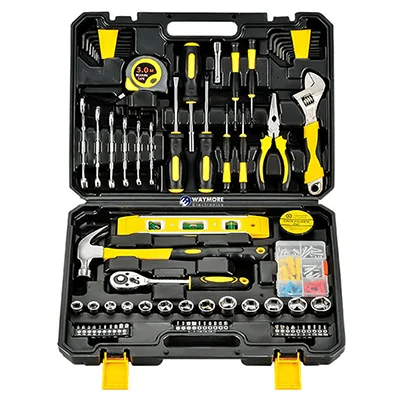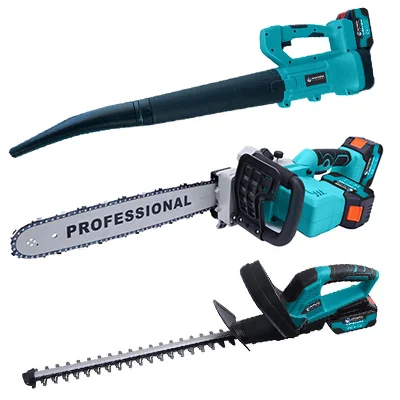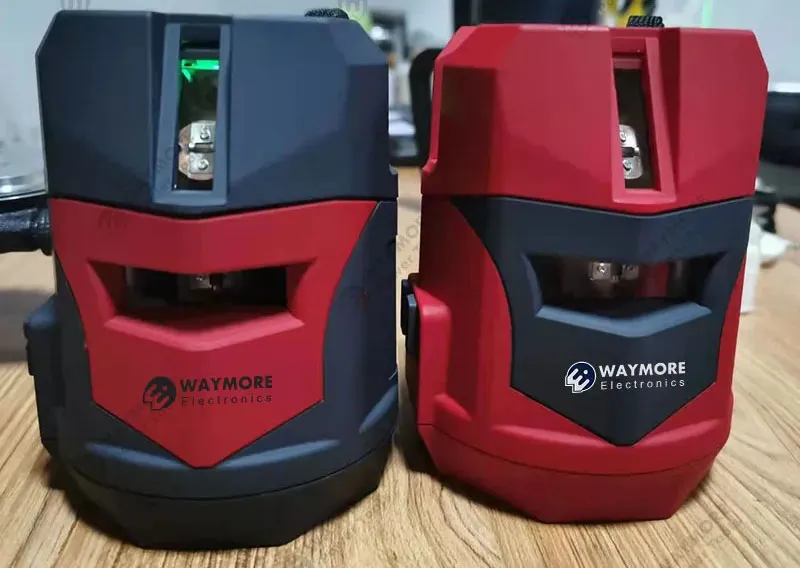
Introduction
Laser levels have become an essential tool in the world of construction and measurement. These precision instruments project a straight and level beam of light that provides a reference point for accurate alignment. Whether you're a DIY enthusiast or a professional in the construction industry, understanding the different types and functionalities of laser levels is crucial. In this comprehensive guide, we will explore the essential aspects of laser levels, from their basic principles to their various applications. So, let's dive in and discover everything you need to know about laser levels.
What is a Laser Level?
A laser level is a control tool used in various industries such as construction, surveying, and more. It projects a fixed beam of light, either red or green, to create a straight and level reference point. This precise alignment is crucial for tasks like laying out floor tiles, hanging pictures, or installing cabinets.
Understanding Self-Leveling Laser Levels
A self-leveling laser level takes the functionality of a standard laser level to the next level. This advanced tool automatically adjusts itself to create a level line within a certain range. Even when placed on an uneven surface, the self-leveling laser will self-correct to ensure the projected beam remains perfectly level. This feature greatly enhances the accuracy and reliability of the tool, making it a preferred choice in many industrial environments.
The Functions of a Laser Level
Laser levels serve a multitude of functions in the test and measurement industry. Their primary purpose is to provide a straight, level line for aligning objects or marking out positions. This functionality proves especially useful in construction tasks such as laying out floor tiles, hanging pictures, or installing cabinets. However, depending on the type of laser level, the applications can go beyond simple alignment.
Types of Laser Levels
1. Rotary Laser Levels
A rotary laser level is a type of laser level that emits a rotating beam of light, creating a horizontal or vertical line over a significant distance. This feature makes rotary laser levels ideal for outdoor projects such as landscaping, construction, and site grading. The rotating beam ensures that the laser level covers a complete 360-degree horizontal or vertical plane, providing a comprehensive view of the area.
2. Transit Laser Levels
A transit laser level combines the functionalities of a telescope and a laser level. In addition to providing a highly accurate level line, it can also measure angles. This type of laser level is typically used in construction and surveying where precise measurements are required. Tasks like building a staircase or setting a grade for drainage often require the use of a transit laser level.
How to Choose the Right Laser Level
Selecting the right laser level depends on your specific needs. For simple tasks like hanging pictures or basic alignment, a basic laser level will suffice. However, for larger projects or more precise measurements, a self-leveling laser level or rotary laser level might be more suitable. When choosing a laser level, consider factors such as range, accuracy, and battery life to ensure it meets your requirements.
Using a Laser Level - Step-by-Step Guide
Using a laser level is relatively straightforward. By following these step-by-step instructions, you can make the most of this versatile tool:
1. Set up the Laser Level:
Place the laser level on a stable surface or mount it on a tripod. Ensure that it is secure and won't be easily knocked over during use.
2. Allow for Self-Leveling:
If you are using a self-leveling laser level, give it a few seconds to adjust and find its level position.
3. Project the Beam:
Once the laser level is stable, it will project a level beam onto the desired surface. Take note of the line and ensure it aligns with your intended reference point.
4. Make Adjustments if Necessary:
If the line needs to be adjusted, refer to the laser level's instructions for any fine-tuning options.
5. Complete Your Task:
Once you have the reference line projected by the laser level, you can proceed with your task, whether it's installing shelves, laying out tiles, or any other alignment-related job.
Advantages of Using Laser Levels
Laser levels offer numerous advantages that make them essential tools for professionals and enthusiasts alike. Some of the key advantages include:
1. Precision and Accuracy:
Laser levels provide highly precise and accurate alignment, ensuring the success of your projects.
2. Time-Saving:
With a laser level, you can quickly establish reference lines, saving time compared to traditional leveling methods.
3. Ease of Use:
Laser levels are designed to be user-friendly, making them accessible to both professionals and beginners.
4. Versatility:
Laser levels can be used for a wide range of applications, from basic alignment to complex construction tasks.
5. Increased Efficiency:
By eliminating guesswork, laser levels streamline the alignment process, reducing the likelihood of errors and increasing efficiency.
 Waymore Tools
Waymore Tools
